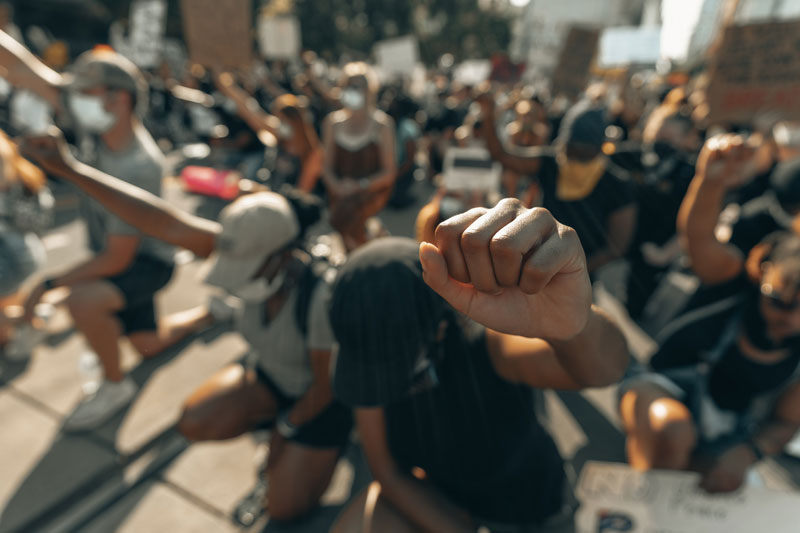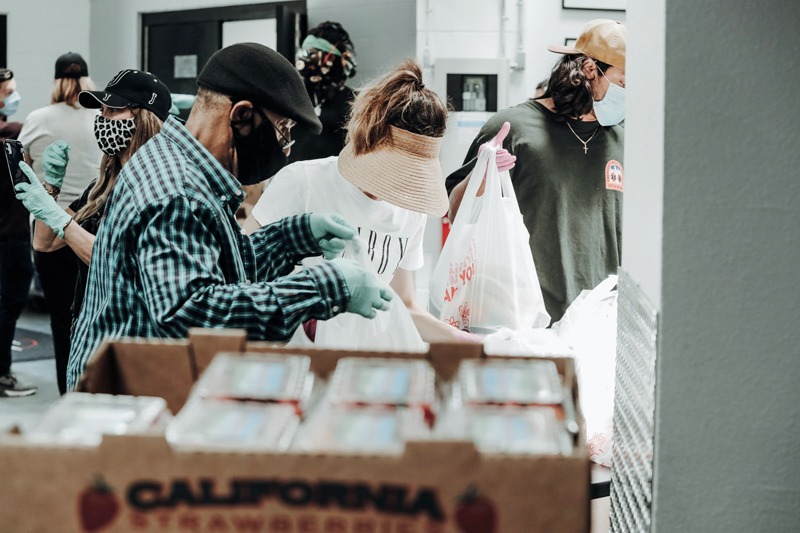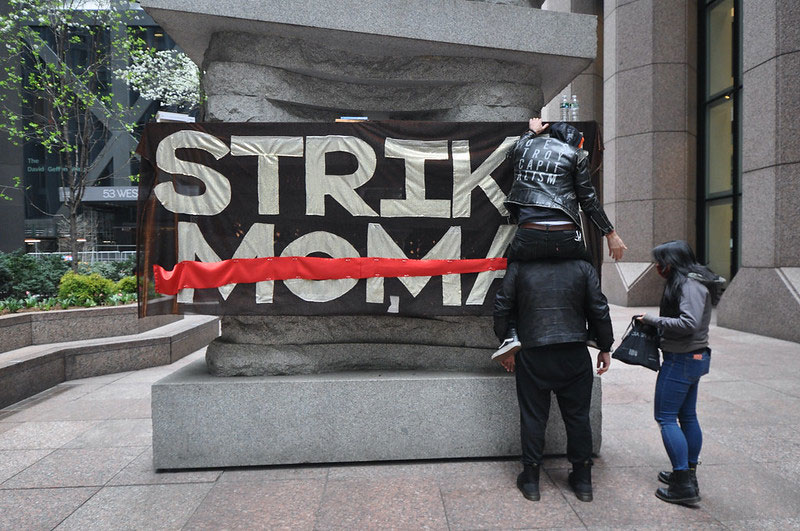June 14, 2010; Source: Philadelphia Inquirer | Is giving cell phones away to the poor an act of charity or a disguised marketing effort to sell more mobile devices? Or would phones be given away at all without federal subsidies? Those are among the questions being asked about a give-away by companies such as Miami-based TracFone wireless, which since 2008, has been providing free phones to the poor.
The TrueFone program allows people who receive food stamps, welfare, or other government assistance to apply to the company for a phone, which comes with 68 free minutes a month. However, instead of being a “true” act of charity, the cost of the phone handouts are subsidized by a levy the federal government allows carriers to charge their full-paying cell phone customers.
Not surprisingly, the program rankles some on the far right. Susan Lord, who the Philadelphia Inquirer describes as a leader of the Tea Party movement in Southern New Jersey, says the program “is just another way to redistribute the wealth. The poor get helped, and the cost is passed on to working people, who get depressed.” Matthew Brouillette, president and chief executive officer of the conservative Commonwealth Foundation in Harrisburg PA, told the newspaper that he feared the free-phone program would be “subsidizing texting and sexting” among the poor.
Sign up for our free newsletters
Subscribe to NPQ's newsletters to have our top stories delivered directly to your inbox.
By signing up, you agree to our privacy policy and terms of use, and to receive messages from NPQ and our partners.
On the other hand, recipients are grateful for their phones and feel they give them a chance to improve their lives. Tianna Gaines, 31, who lives outside Philadelphia, said that many use the cell phones to help them find jobs “to get off welfare, or for safety.” She added that a “alot of people can’t afford a phone. The public should worry less about free cell phones and think more about the kids who go to sleep at night living in poverty.”
As cell phone use becomes widespread, social agencies are finding new ways the devices can help. For instance, one program sends text messages to new mothers about nutrition, growth and other information to help support their babies’ development. While giving away phones is a new idea, the federal support for people who couldn’t afford service has been in place since 1984. The federal Lifeline program, supported by a subsidy of up to $2 a month on fees charged to full paying customers, required phone companies to discount phone bills of poor up to $10 a month.
Originally started to provide wired service, in 2008, cell companies such as TrueFone were allowed to apply the subsidy to mobile service. Despite the appearance of altruism, to one observer, the program is ultimately a way for companies to make more money. “It’s a clever marketing tool,” said Joel Kelsey, policy analyst with Consumers Union, publisher of Consumer Reports. “Once the minutes are up, customers will dig deeper to pay for more.”—Bruce Trachtenberg













